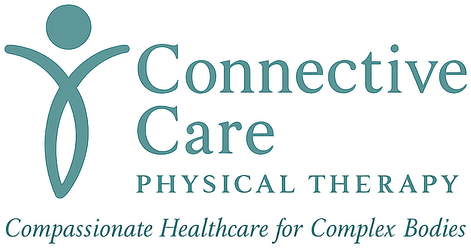Is It Deconditioning or Something More?
If you’ve been told your symptoms are due to “deconditioning” — and that all you need is to get moving again — you’re not alone.
Sometimes, that’s partially true. But for people with hypermobility, chronic pain, POTS, or connective tissue disorders, the story is a lot more complex.
What is deconditioning?
It refers to the physical effects of inactivity: loss of muscle mass, lower cardiovascular endurance, slower recovery. It’s real — and common.
But here’s the problem: it’s often used as a catch-all diagnosis, especially for patients whose symptoms don’t fit a neat box.
What might be missed?
Joint instability causing movement fear
Dysautonomia making exercise unsafe
Chronic fatigue and post-exertional malaise (PEM)
Pain flares from even light activity
Anxiety or trauma associated with previous injuries
It’s not just that you’re “out of shape.” Your system might be protecting you — in a way that backfires.
What we do instead
At Connective Care Physical Therapy, we build tolerance before intensity. That means:
Nervous system regulation comes first
Gentle movement starts in safe ranges
Activity is paced, not pushed
Education helps reduce fear and restore agency
You don’t need bootcamp. You need respect, pacing, and trust — in your body, and from your provider.
Feeling dismissed? You’re not imagining it. Let’s do things differently.
[Give us a call at (631) 448-3764 or email at diana@connectivecarept.com]

